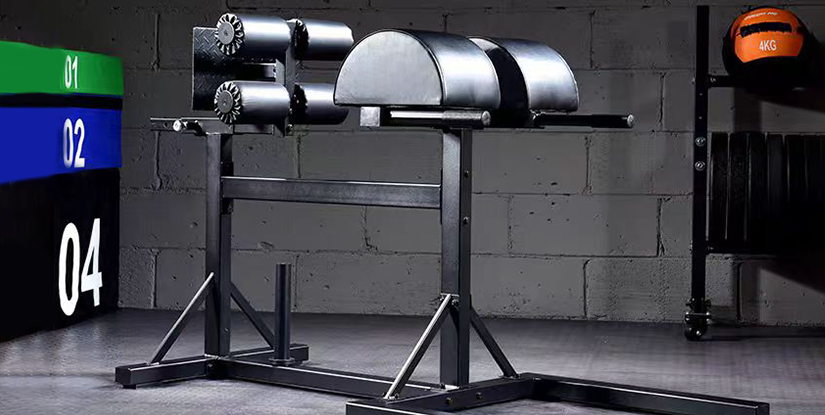Kneeling Lat Pulldown: Technique, Benefits & Programming

Introduction to the Kneeling Lat Pulldown
The kneeling lat pulldown is a targeted cable machine variation that emphasizes the latissimus dorsi while promoting a stable torso and improved scapular control. Performed on a cable lat pulldown attachment from a kneeling position, this exercise reduces lower-back involvement and increases upper-body tension, making it an excellent choice for athletes, rehabilitation clients, and lifters seeking a more focused back development stimulus.
Primary Benefits
- Enhanced lat activation through a controlled vertical pull and reduced hip drive.
- Improved posture and scapular mechanics due to emphasis on full shoulder extension and retraction.
- Lower spinal load compared with seated variations, useful for clients with lumbar sensitivity.
- Versatile progression options for strength, hypertrophy, and motor pattern refinement.
Equipment and Setup
To perform a kneeling lat pulldown you need a cable machine with a high pulley and an appropriate bar (wide bar, straight bar, or V-bar). Use a padded mat to protect the knees and adjust the weight stack so the first few repetitions are manageable with strict technique. If available, ankle straps anchored to a squat rack can provide extra stability, but commonly the feet simply rest on the mat while the knees are shoulder-width apart.
Step-by-Step Technique
- Setup: Kneel facing the machine, knees hip-width on the pad or mat, torso upright. Grip the bar slightly wider than shoulder width for a wide lat emphasis or narrower for more lower-lat and biceps involvement.
- Start Position: Allow your arms to fully extend overhead while maintaining a neutral spine and slight thoracic extension. Scapula should be in a natural, slightly depressed position.
- Execution: Initiate the movement by retracting the scapula and pulling the elbows down and back, bringing the bar toward the upper chest. Focus on driving the elbows rather than pulling with the hands.
- Finish: At the bottom, hold a brief isometric squeeze (0.5–1s) with the scapula fully retracted and lats engaged.
- Return: Controlled eccentric return to the start, allowing the scapula to protract and the shoulders to fully flex overhead.
Coaching Cues
- “Lead with the elbows” — prioritizes lat engagement.
- “Ribcage down, chest up” — avoids excessive lumbar extension.
- “Shorter range, tighter squeeze” — for heavier sets focus on the mid-range contraction and control eccentric tempo.
- “Slow on the way up” — 2–3 seconds eccentric preserves tension and builds muscle.
Programming Recommendations
Choose loading and volume based on the training goal:
- Strength: 3–5 sets of 3–6 reps with 2–3 minutes rest, heavier load, strict tempo.
- Hypertrophy: 3–4 sets of 8–12 reps with 60–90 seconds rest, moderate load, controlled tempo.
- Endurance/Technique: 2–3 sets of 12–20 reps with lighter load, focus on perfect form and scapular control.
Common Mistakes and Corrections
- Using torso swing or hip drive — reduce load and reinforce elbow-driven pulling.
- Shrugging the shoulders — cue scapular depression before initiating the pull.
- Allowing the lower back to overextend — maintain neutral lumbar alignment and brace the core.
- Pulling the bar behind the neck — unsafe and unnecessary; pull to the upper chest instead.
Variations and Progressions
- Single-arm kneeling pulldown — addresses unilateral imbalances and core anti-rotation demands.
- Neutral-grip V-bar pulldown — shifts emphasis to lower lats and biceps engagement.
- Resistance band kneeling pulldown — portable option for warm-ups or rehab with accommodating resistance.
- Increased time under tension — slow eccentrics or paused contractions to enhance hypertrophy stimulus.
Safety and Maintenance
Inspect cables and attachments for fraying and ensure the pulley runs smoothly. Use a pad under the knees to avoid pressure injuries. Clients with shoulder impingement should begin with a narrow neutral grip and limited range, progressing as pain-free motion and scapular control improve. When in doubt, reduce load and prioritize technique.
Sample Workout Integration
In a balanced upper-body session, place kneeling lat pulldowns early after a compound press to pre-exhaust the lats for subsequent rows, or include them as a primary horizontal/vertical pull pairing: e.g., 4 sets of 8–10 kneeling lat pulldowns supersetted with 3 sets of bent-over rows.
Conclusion
The kneeling lat pulldown is a versatile, low-back-friendly alternative to seated variations. With deliberate technique and appropriate progression it reliably improves lat development, scapular control, and upper-back strength—key attributes for both performance and posture.
FAQs
- Q: Who benefits most from this exercise?
A: Lifters seeking targeted lat work and clients with lower-back sensitivity. - Q: Should I use a wide or narrow grip?
A: Wide grips emphasize upper lats; narrow grips more lower-lat and biceps involvement. - Q: How do I avoid shoulder pain?
A: Ensure scapular depression before pulling and stop if pain persists; try neutral grips. - Q: Can beginners perform this?
A: Yes, with light load and focus on form; consider band versions first. - Q: How often should I include it?
A: 1–3 times weekly depending on volume and overall program. - Q: Is it better than seated pulldowns?
A: It’s complementary—kneeling reduces lumbar loading and increases core demand. - Q: What reps for strength vs hypertrophy?
A: Strength 3–6 reps; hypertrophy 8–12 reps. - Q: Any equipment alternatives?
A: Resistance bands or single-arm cable attachments replicate similar mechanics. - Q: How to progress safely?
A: Increase load gradually, add tempo, or progress to unilateral variations.

